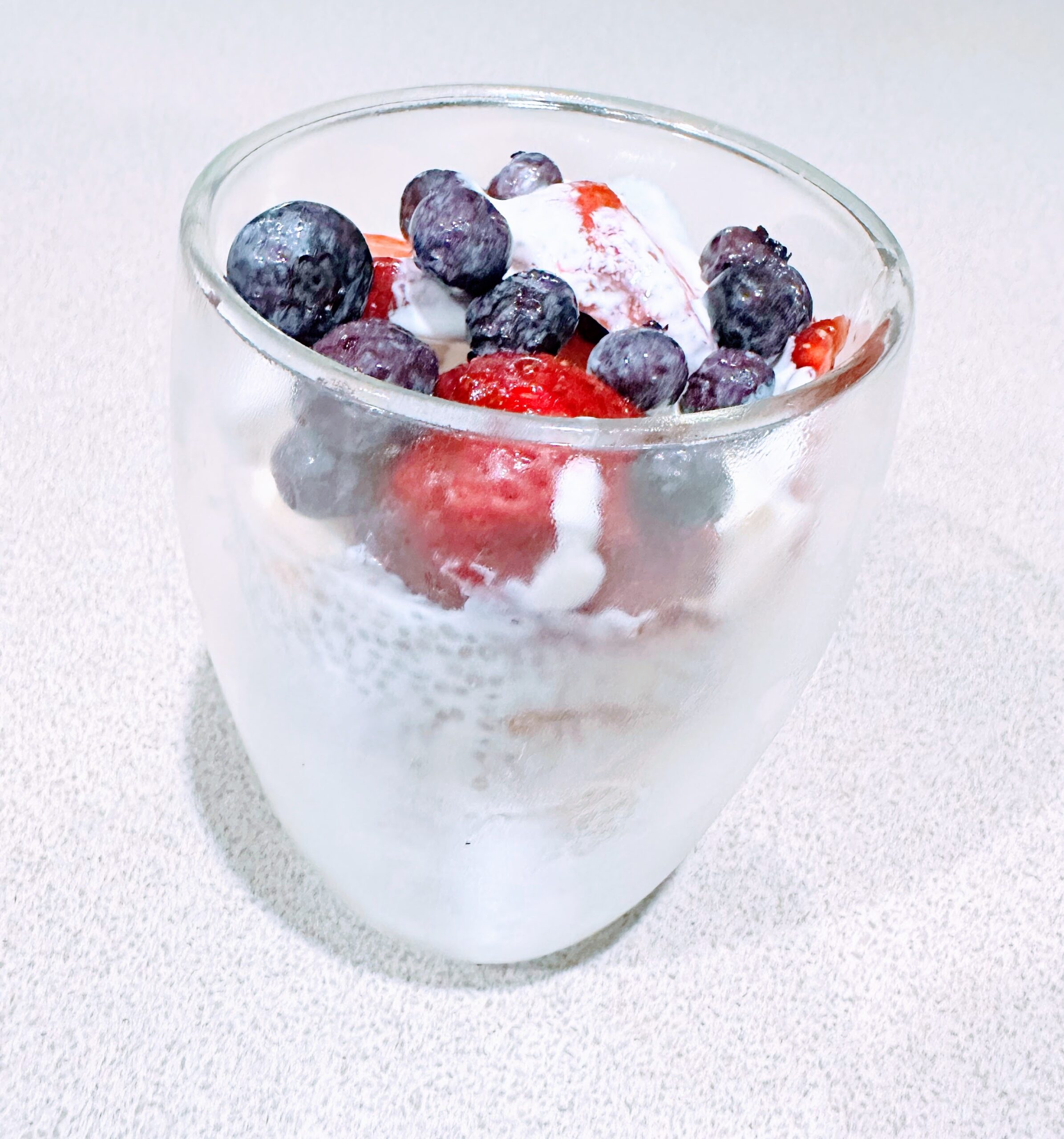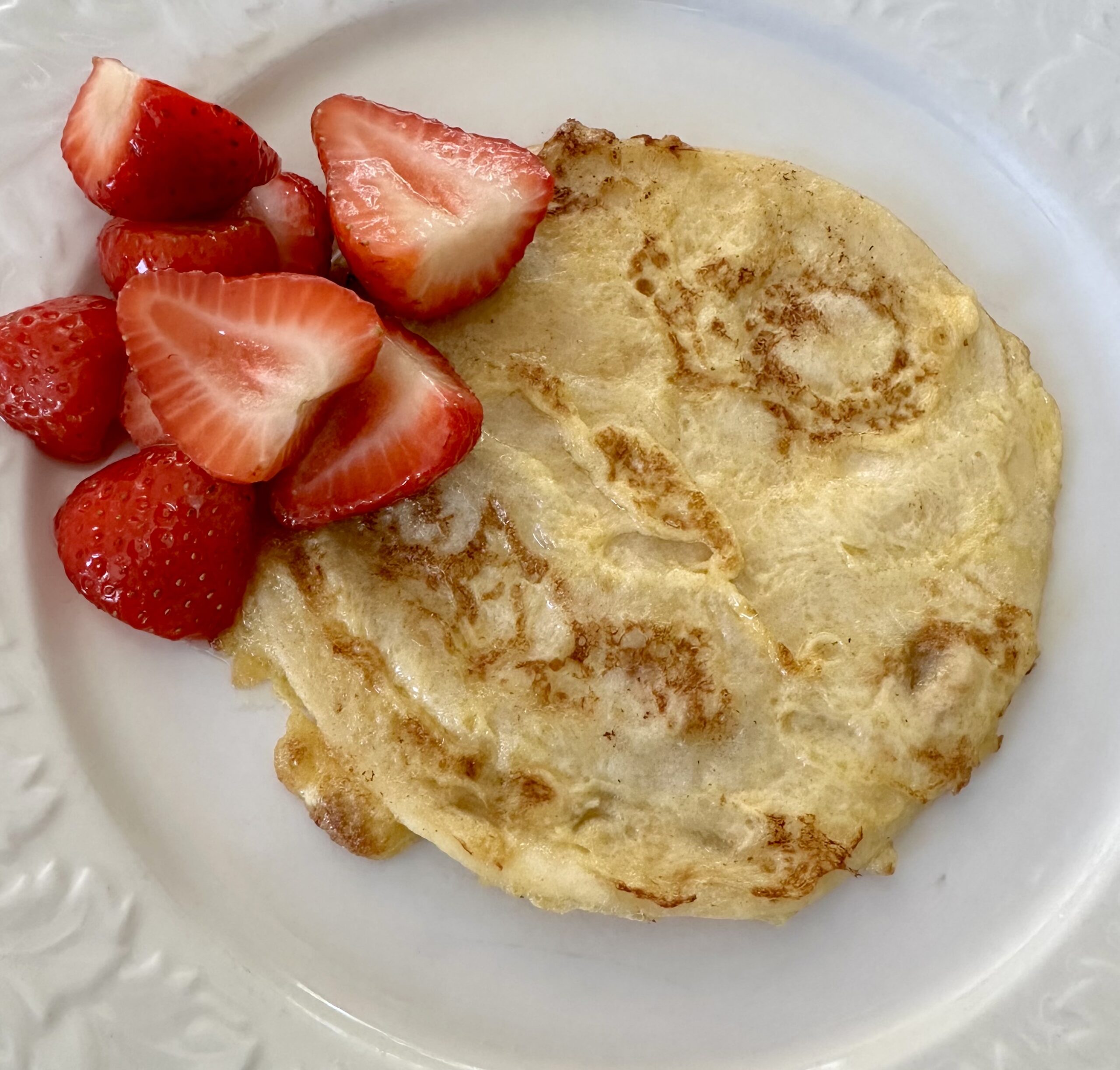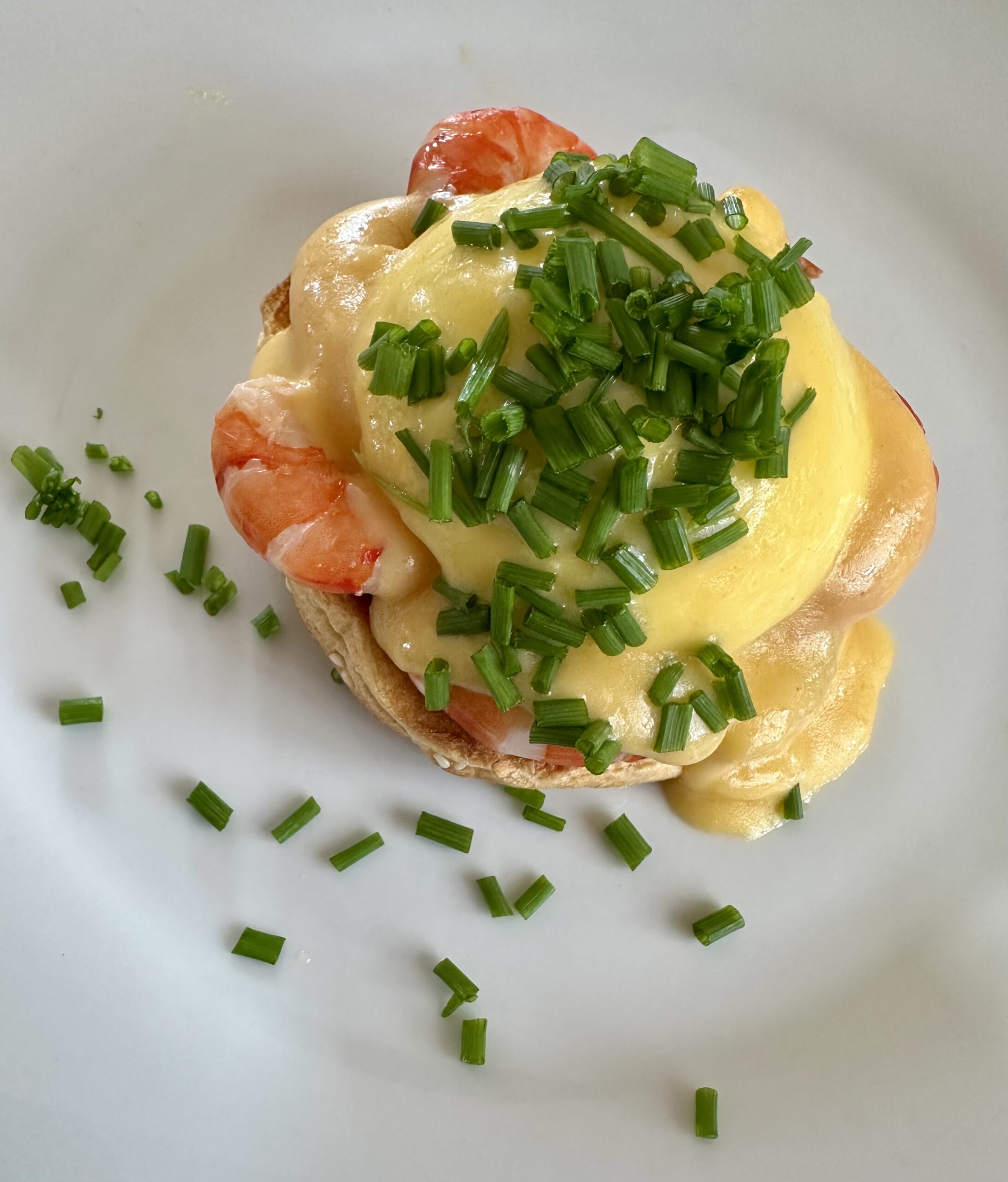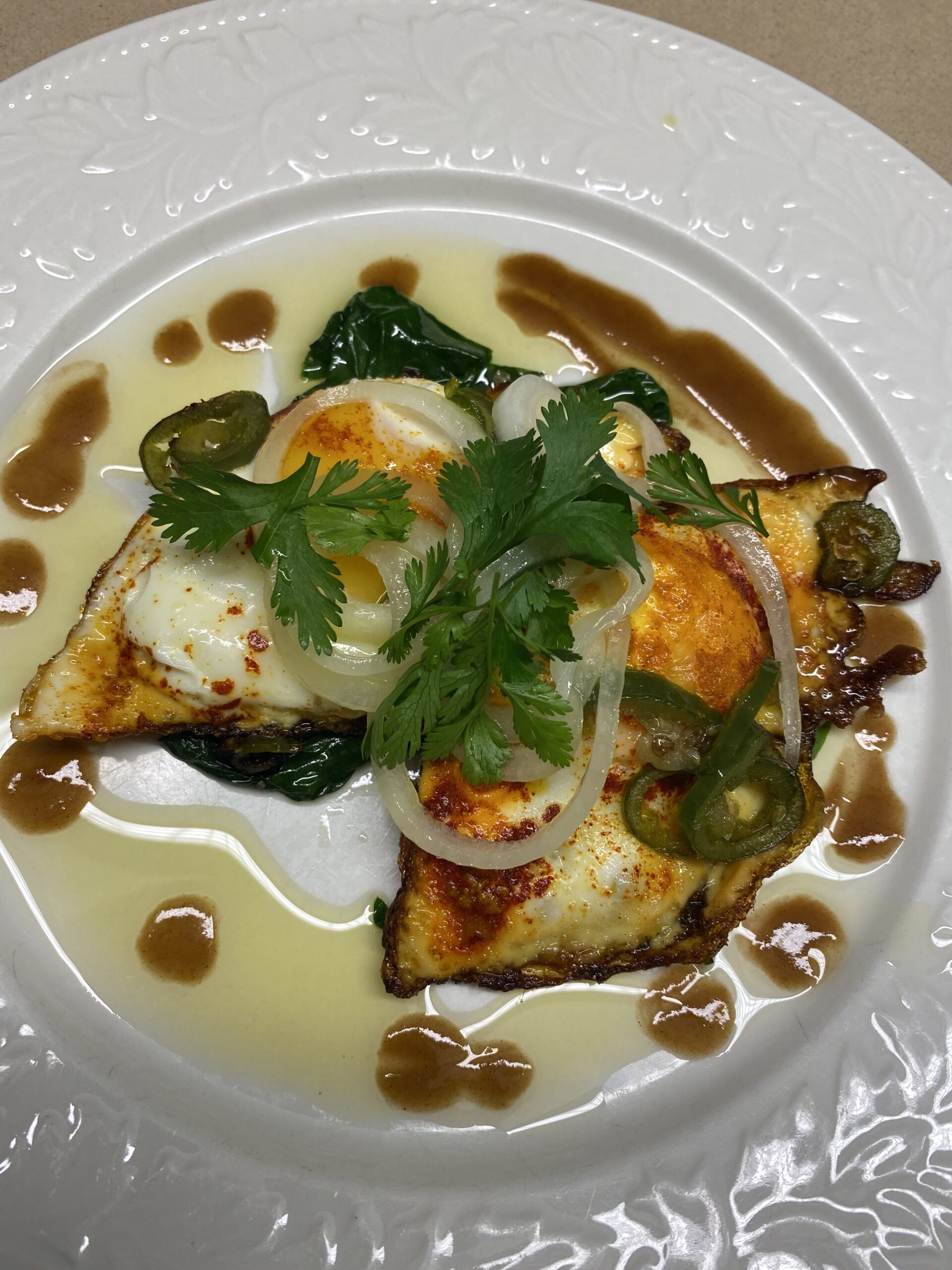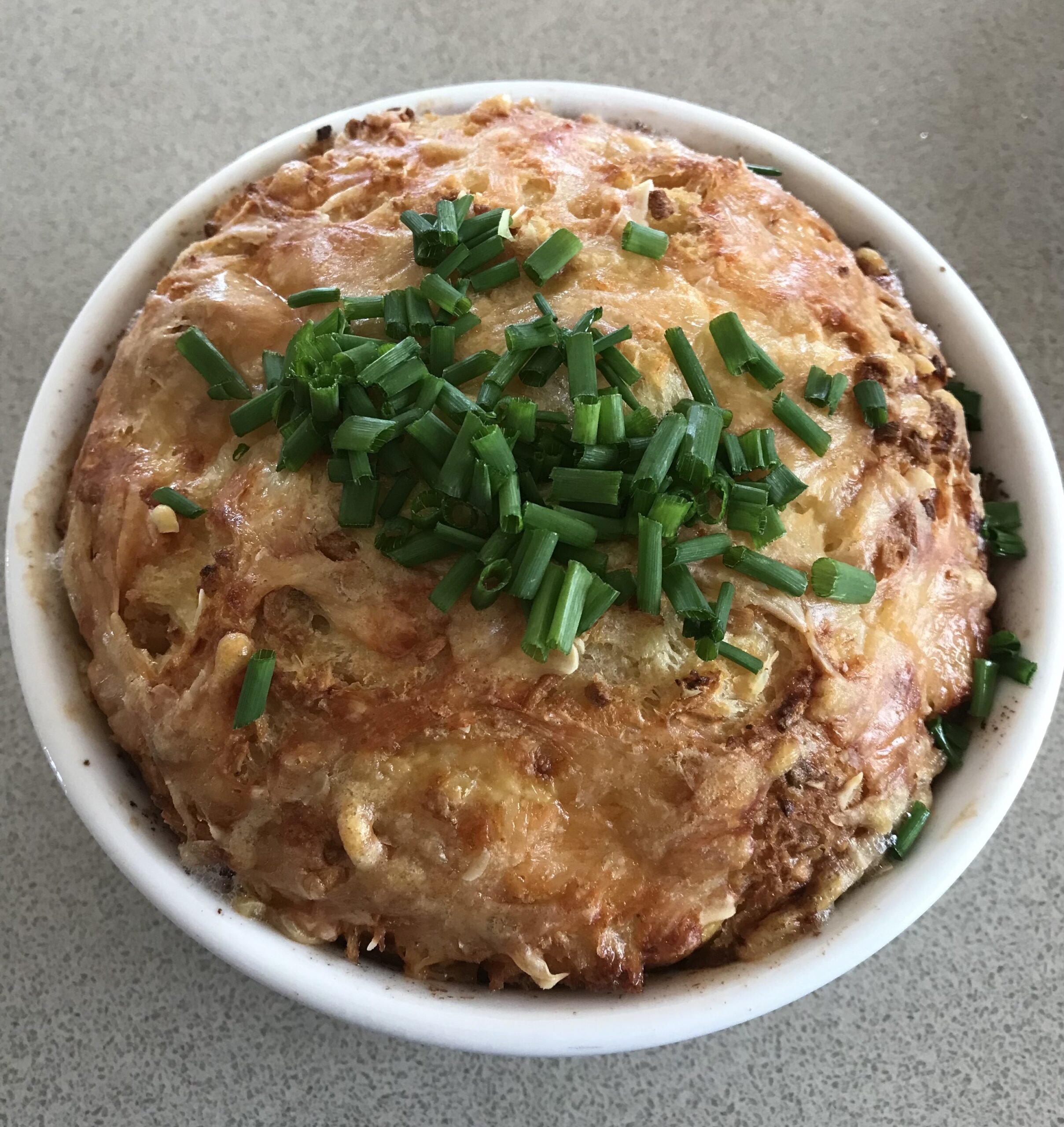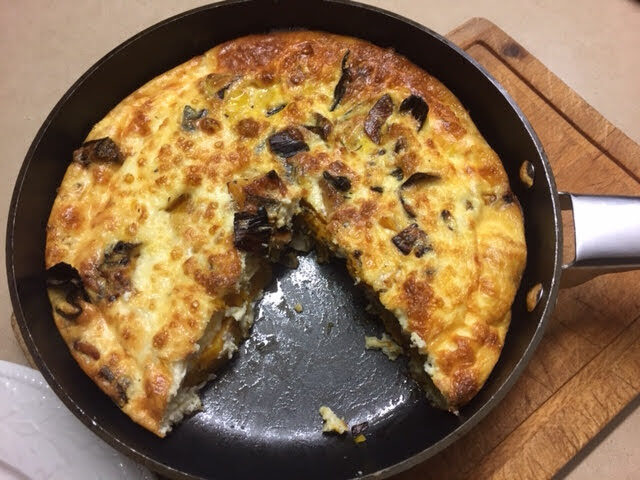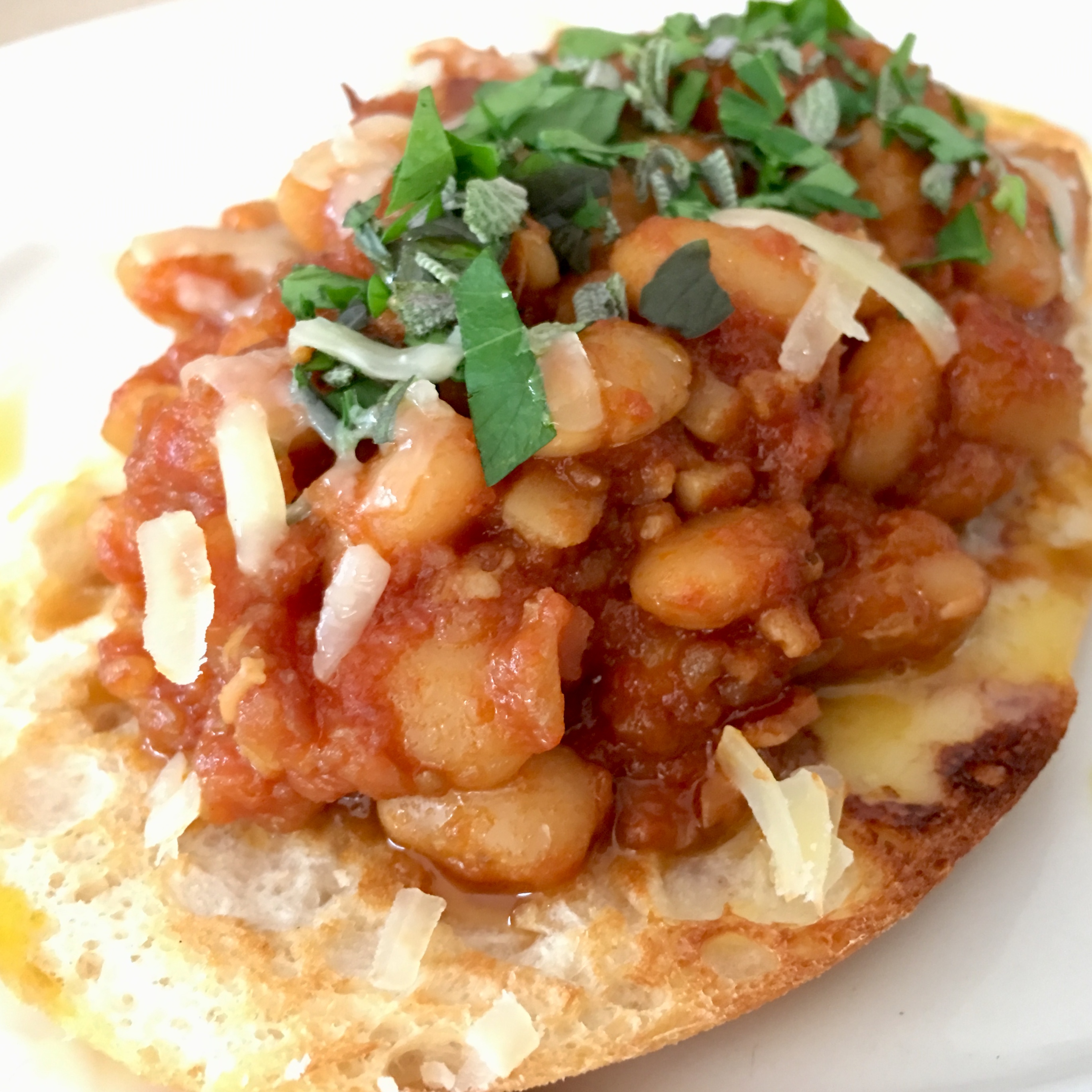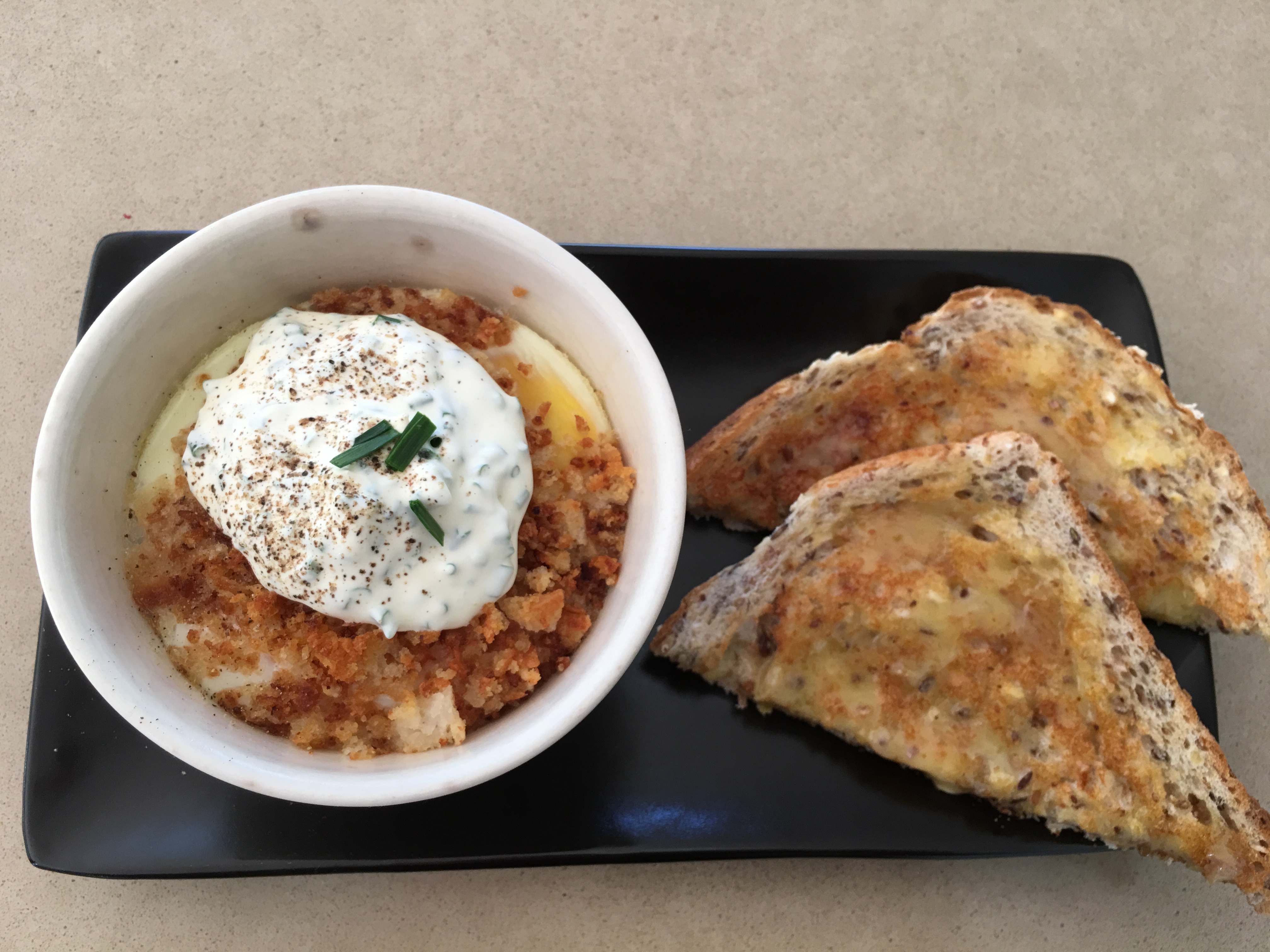Topped with a delicious mix of mushrooms, garlic and cream, this makes a quick and tasty lunch or supper. If preferred serve it on toasted sourdough or Turkish bread, instead of the Tortilla French Toasts.
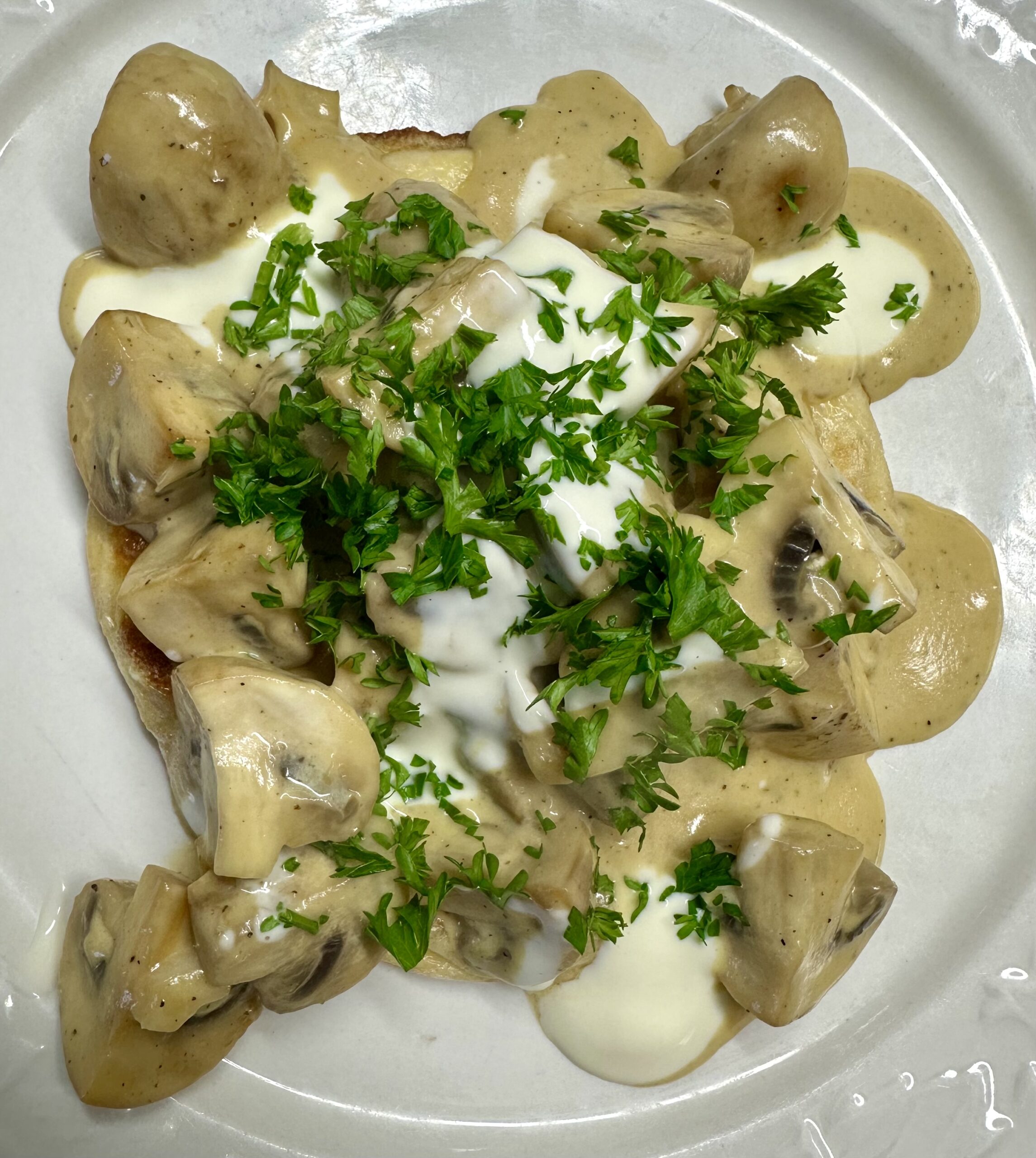 Tortilla French Toasts:
Tortilla French Toasts:
1 egg
2 Tbs cream
2 tortillas from a packet
1 Tbs olive oil
Mushrooms:
2 Tbs butter (or 1 Tbs butter and 1 Tbs olive oil)
250g mushrooms, quartered or sliced
1 clove garlic, crushed
1 Tbs dry sherry (optional)
1 Tbs Dijon mustard
½ cup cream or sour cream
Salt and freshly ground black pepper, to taste
2 Tbs finely chopped parsley
Beat egg and cream in a wide shallow dish. Submerge the tortillas in this mixture and turn to coat thoroughly. Heat a little oil in a frying pan and cook the tortillas, one at a time, on both sides until golden, then place on two serving plates.
Meanwhile in another frying pan, heat the butter (or butter and oil) and cook the mushrooms for 5-10 minutes or until cooked and starting to brown, stirring often. Add garlic and cook, stirring, for a minute or so. Add sherry, mustard, cream and seasoning to taste. Cook, stirring, until sauce has thickened. Spoon onto the tortillas and garnish with parsley. If liked, drizzle with a little extra cream as shown in the photo.
To make a more substantial meal, serve with a rocket, parmesan and pine nut salad, lightly dressed with olive oil and balsamic vinegar.
Serves 2

